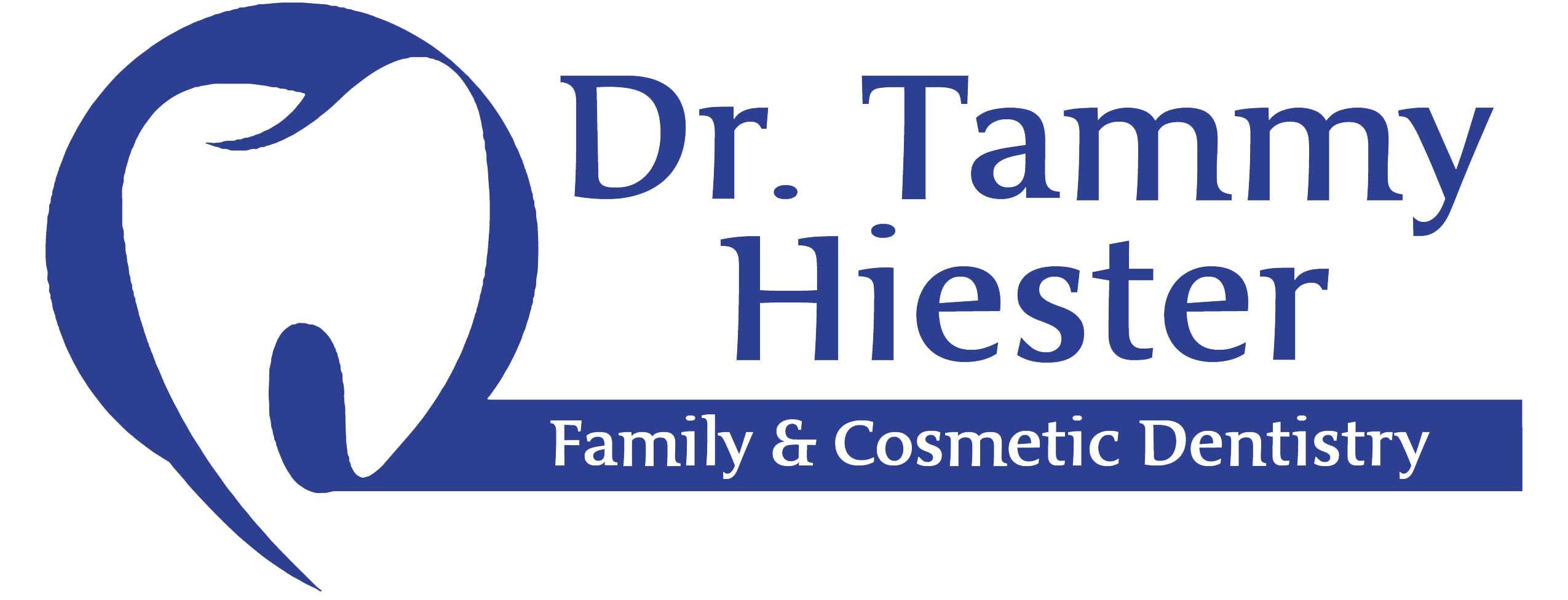Let us help you start the process with Orthodontics!
Braces
Orthodontics is a type of dentistry focused on the correction of improper bites and tooth irregularity. According to the Bureau of Labor Statistics, orthodontists make up the largest group of dental specialists. These dental professionals help patients of any age improve tooth and jaw problems and can also assist those who desire merely cosmetic improvements.
History
According to the American Association of Orthodontists [AAO], archaeologists discovered Greek and Etruscan dental appliances that indicate humans began practicing orthodontics as early as 1000 B.C. The Smithsonian Institute cites Edward Angle, founder of the Angle School of Orthodontia in 1900, as the father of modern orthodontics. This American dentist’s work included establishing orthodontics as a dental specialty and classifying many teeth and jaw abnormalities. Angle also innovated the procedures and devices used to help correct such issues.
Types
Orthodontists specialize in correcting a variety of dental problems. Some of the issues revised by orthodontic procedures include difficulty chewing, crowding of teeth, missing teeth, speech difficulties, protruding teeth, an irregular bite, and facial imbalances.
Methods
The most common form of orthodontic treatment is the installation of dental braces that help straighten teeth, remove gaps, and correct overbites. Braces are often used in conjunction with other orthodontic appliances such as headgear and expansion appliances to influence the growth of teeth in younger patients. Retainers are often worn to help ensure teeth remain in their new position after braces have been removed. The American Dental Association states that in some cases, orthodontists may choose to use surgery to modify the teeth and jaw.
Time Frame
We suggest that children have their first orthodontic consultation no later than 7 years of age. While many people have corrective orthodontic procedures done early in their lives, it is not uncommon for adults and even seniors to undergo orthodontic treatments. Depending on the specific problems of the patient and the methods used to correct them, orthodontic treatments can last as few as six months but may take three years or more to complete in severe cases.
Considerations
Straight teeth are easier to keep clean and are more effective in biting, chewing, and speaking than teeth with abnormalities. People who have had orthodontic treatments also report having fewer dental complications later in life.
Invisalign
What is Invisalign®?
Invisalign® has changed the face of orthodontics. Instead of wires attached to your teeth, your teeth can now be straightened invisibly.
- Invisalign® is clear. You can straighten your teeth without anyone knowing.
- Invisalign® is removable. Unlike braces, you can eat and drink what you want during treatment. You can also brush and floss normally to maintain good oral hygiene.
- Invisalign® is comfortable. No metal brackets or wires to cause mouth irritation, and less time in the dentist’s chair getting adjustments.
The Invisalign® process has been proven effective in clinical research and in orthodontic practices nationwide. However, only a certified dentist like ours can undertake this procedure.
The Invisalign® Process
- A set of aligners are worn for about 2 weeks, removing them only to eat, drink, brush, and floss.
- As you replace each aligner with the next in the series, your teeth will move – little by little, week by week – until they have straightened to the final position the dentist has prescribed.
- You will visit us approximately once every 6 weeks to ensure that your treatment is progressing as planned.
- Total treatment time averages 11 months with the average number of aligners worn during treatment between 18 and 30. This of course will vary from case to case.
The Invisalign System combines advanced 3-D computer graphics technology with the 100-year-old science of orthodontics. Invisalign aligners are designed to move your teeth in small steps to the desired final position prescribed by your orthodontist. Each aligner is precisely calibrated and manufactured to fit your mouth at each stage of the treatment plan. Your first step is to visit our office to determine if Invisalign is right for you. After sending precise treatment instructions, Invisalign uses advanced computer technology to translate these instructions in a sequence of finely calibrated aligners — as few as 12 or as many as 48. Each aligner is worn for about two weeks and only taken out to eat, brush and floss. As you replace each aligner with the next, your teeth will begin to move gradually — week-by-week until the final alignment prescribed is attained. Then you’ll be smiling like you never have before!
